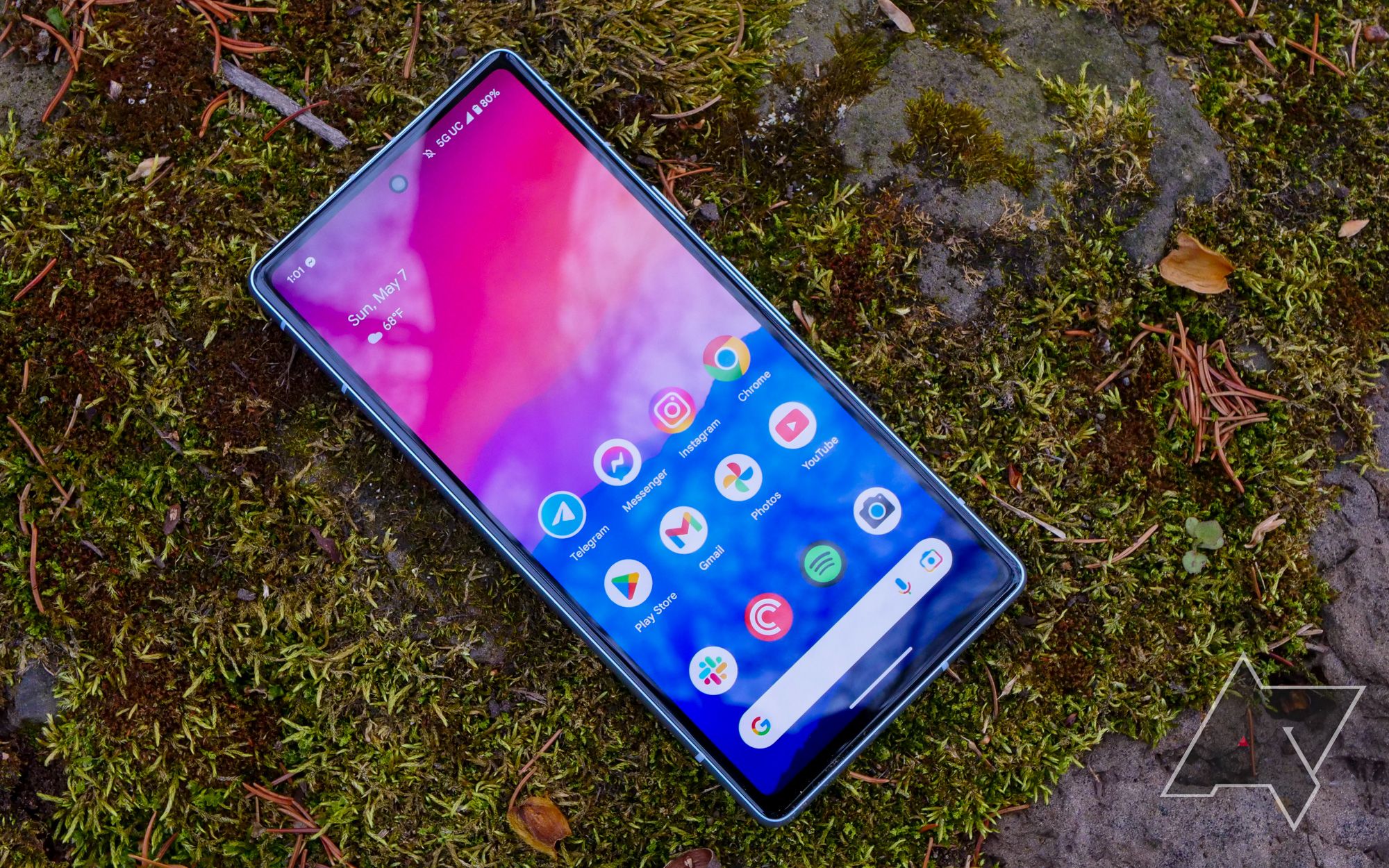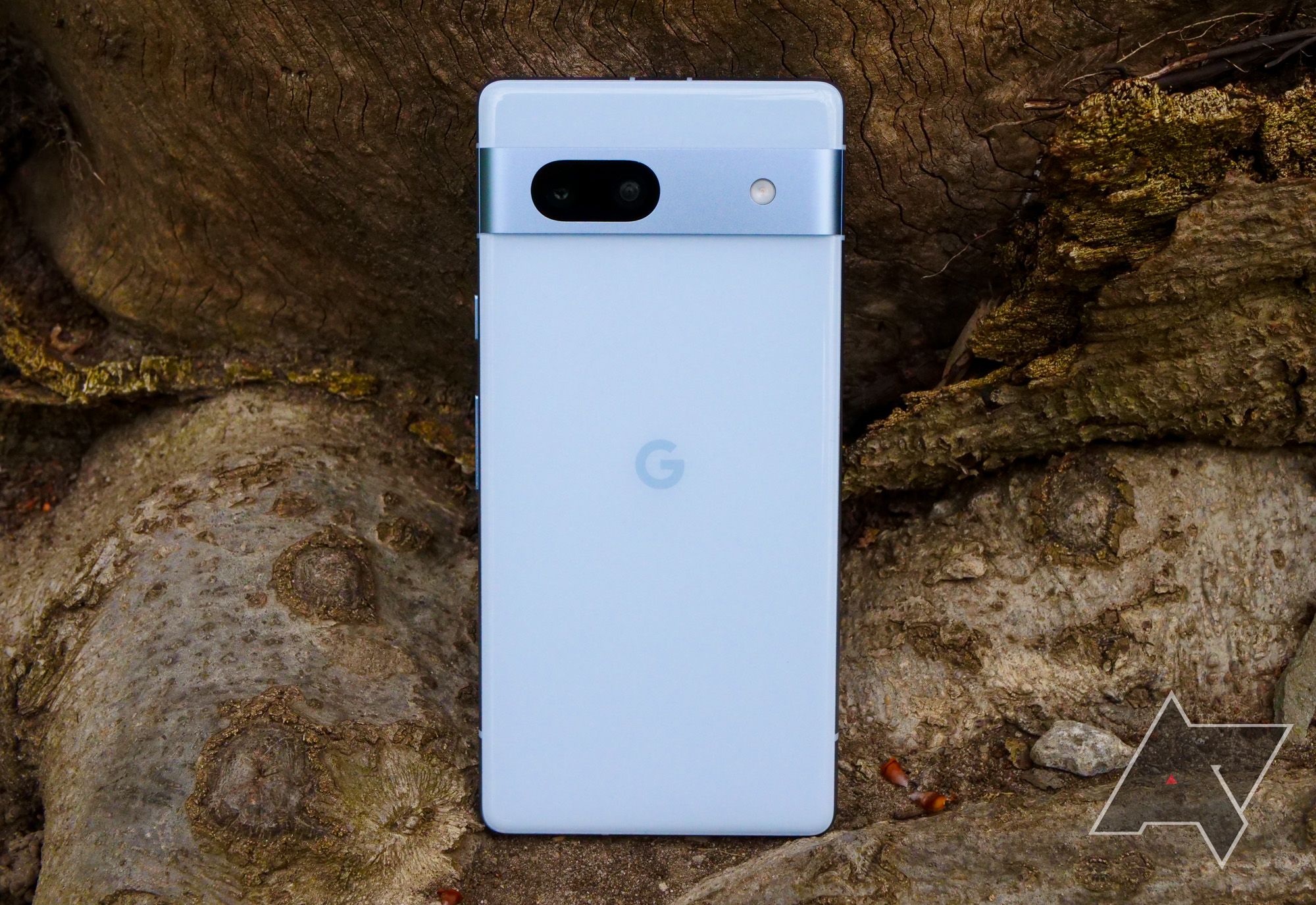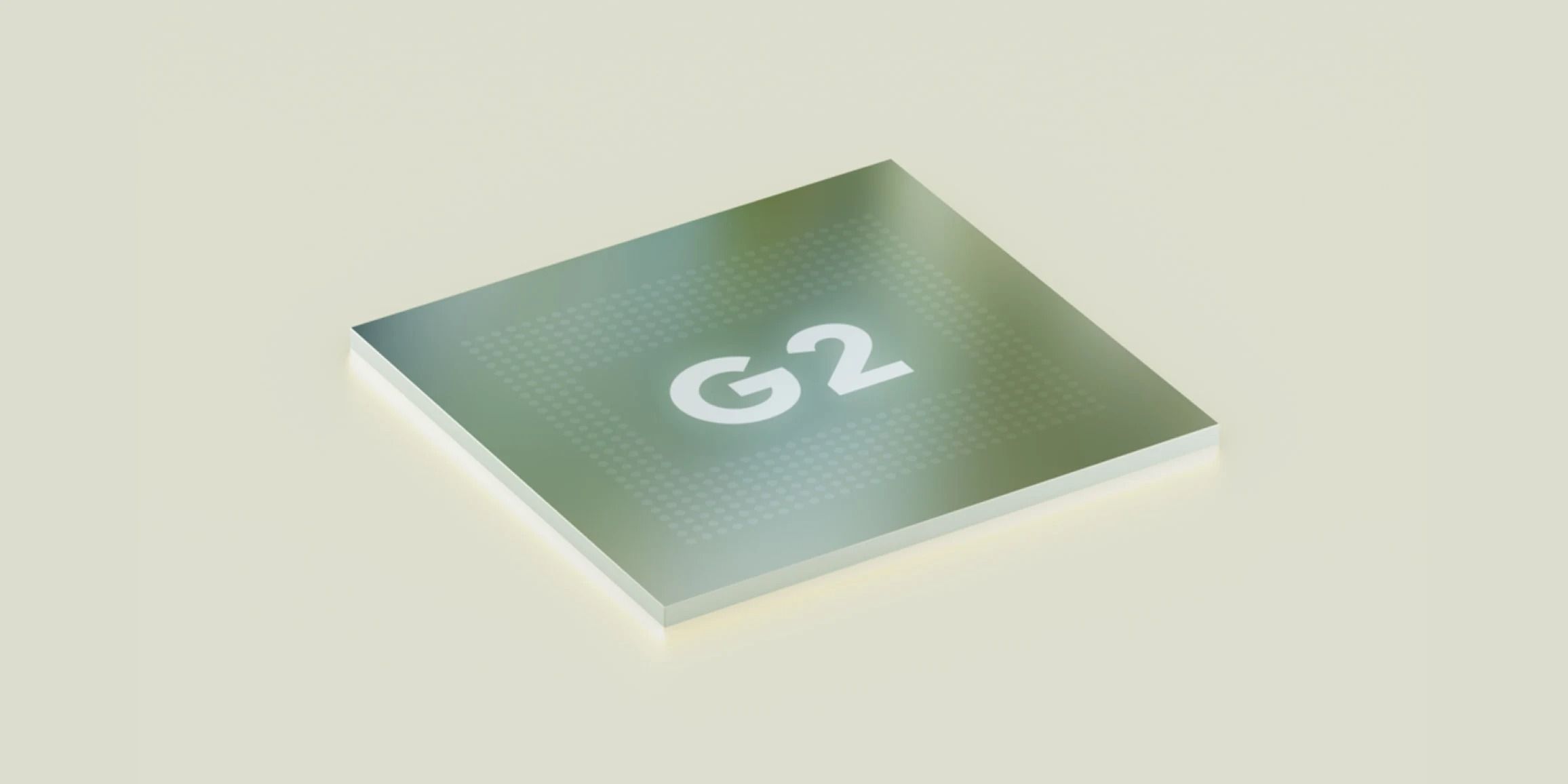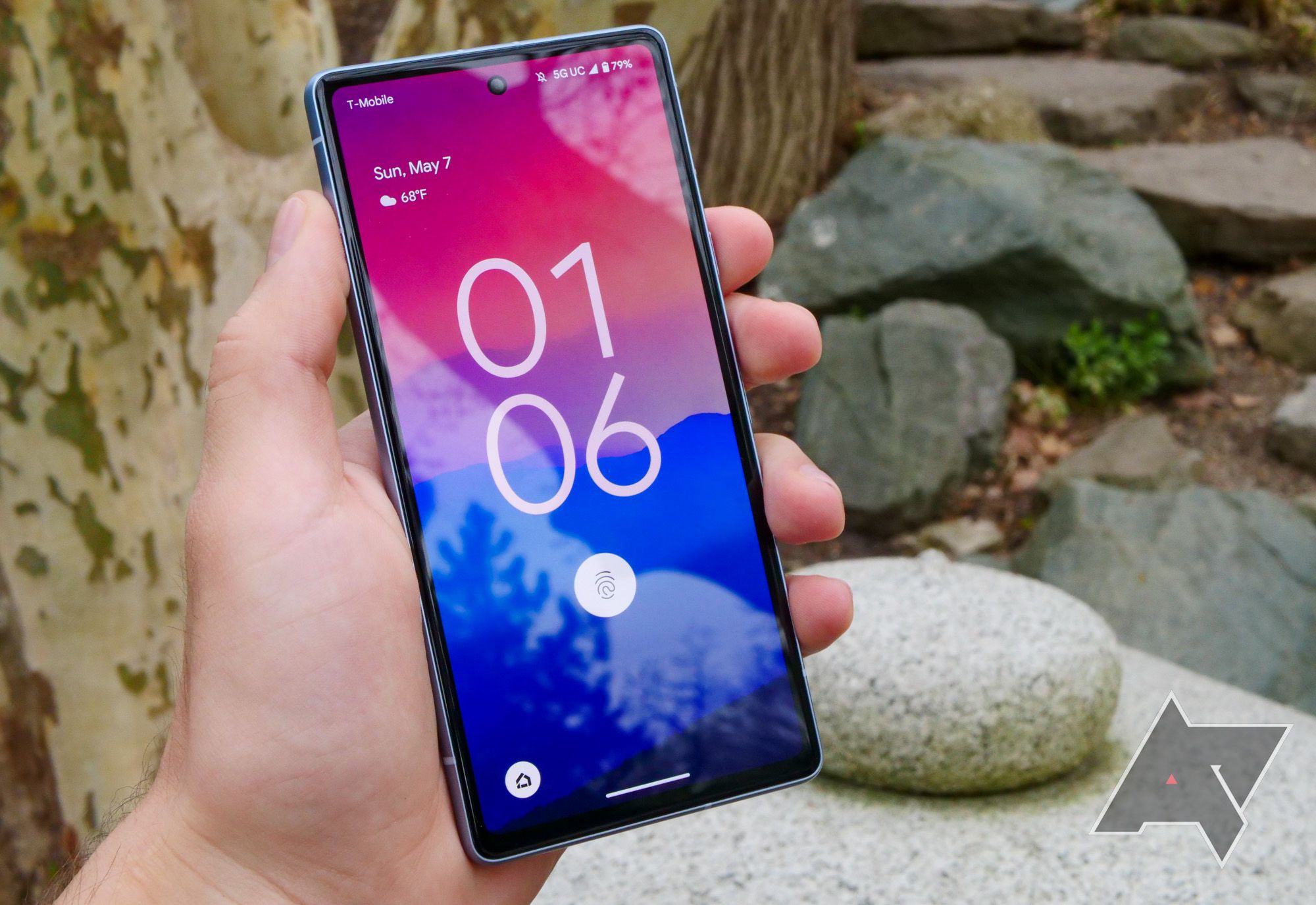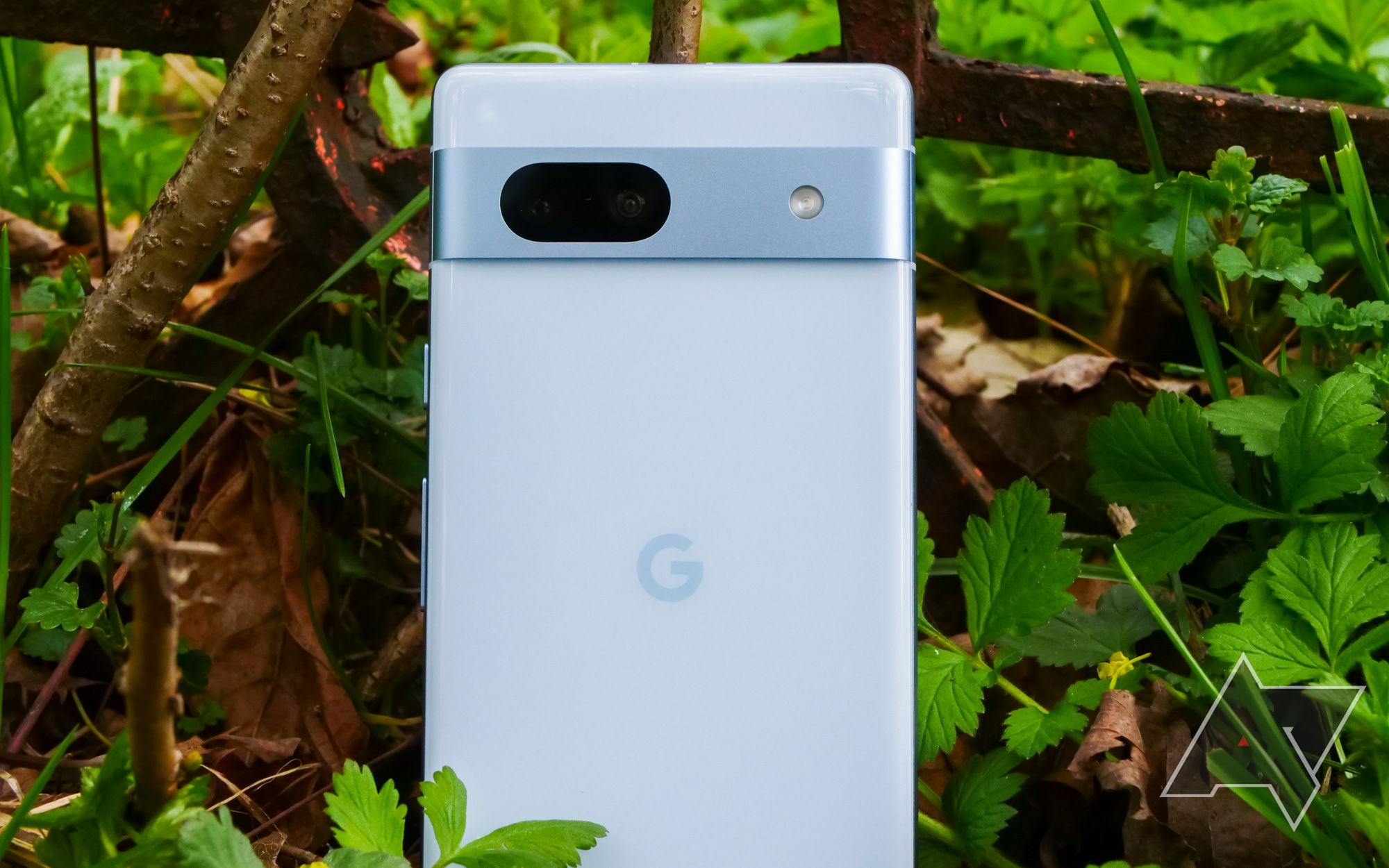While you will find plenty of great Android phones for $500 or less, the Pixel 7a stands out among the crowd. Despite not packing the best specs around — the OnePlus 12R has it beat on that front — Google’s Pixel experience is one very few Android devices can rival. However, the Pixel 7a is not perfect, with overheating issues, poor battery life, and a sub-par display souring the overall experience. With the Pixel 8a’s launch likely around the corner, below is a list of issues that Google should fix with its next mid-ranger.
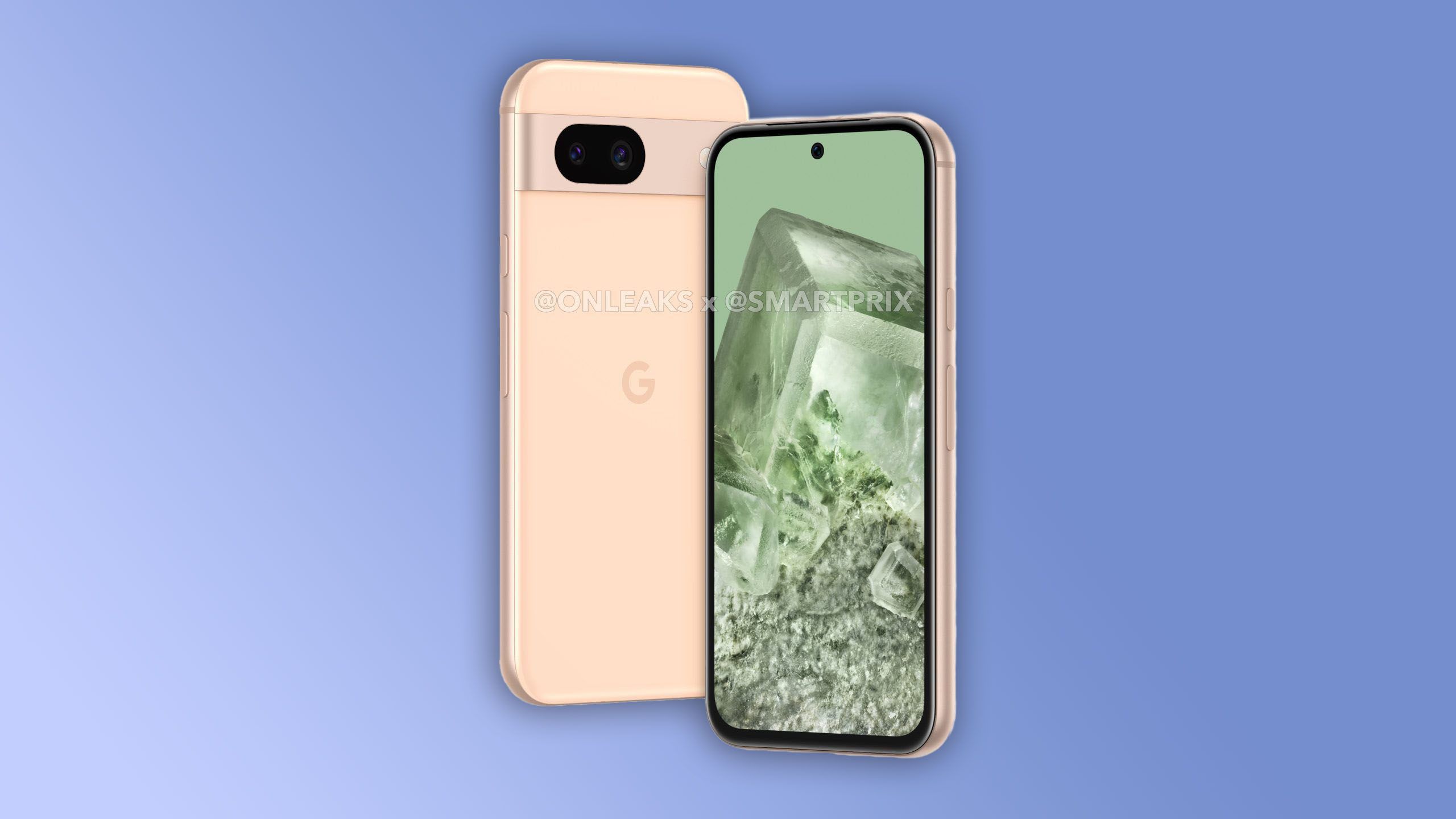
Google Pixel 8a: News, leaks, rumored price, and release window
Not sold on the Pixel 8? Google’s next midrange phone might be for you
1 Higher refresh rate display
And slimmer bezels while you’re at it
Some of our favorite sub-$500 Android phones ship with 120Hz OLED panels with slim bezels. In comparison, the Pixel 7a’s 6.1-inch OLED panel with a 90Hz refresh rate feels outdated. Admittedly, the jump from 60Hz to 90Hz makes a bigger difference in usability than going from 90 to 120Hz. Still, given that almost all phones costing $300 or more ship with larger 6.5-inch 120Hz displays, there’s no reason Google could not have used a similar panel on the Pixel 7a.
As if the 90Hz panel was not enough, it is surrounded by relatively chunky bezels and, even worse, poor viewing angles. This reduces the phone’s premium feel, making it feel more like a sub-$300 phone.
While we’re griping about the Pixel 7a’s display, don’t forget about its Gorilla Glass 3 cover glass, which launched all the way back in early 2013. While cost is a concern, there’s no reason for Google’s budget Pixel to ship with such outdated glass, especially when other phones in the same price bracket use improved materials while keeping the same price.
Displays on Android phones, no matter their price, have gotten better than ever, and it’s high time Google upped its game in this department for its mid-range Pixel. Thankfully, a leak indicates the Pixel 8a could ship with a 120Hz OLED panel capable of hitting a higher peak brightness of 1,400 nits, similar to what shipped on the Pixel 8 last fall. We can only hope.
2 Longer-lasting battery life
Let’s keep this thing powered on for as long as possible
Budget Android phones are known for their outstanding battery life — the combination of low-power chips and beefy batteries will do that — but the Pixel 7a is a notable exception. For its compact size, Google’s mid-ranger ships with a smaller sized 4,385mAh battery. Despite coming in well under the 5,000mAh cells offered by the competition, this would have been enough to ensure the phone lasted a day if not for its inefficient Tensor G2 chip and Exynos modem.
Both of those are complaints in their own right, so let’s focus on the battery. While Google can only do so much about the Tensor’s power consumption due to Samsung’s fabrication, it could have used a bigger cell on the Pixel 7a for a longer runtime. Imagine squeezing in a 5,000mAh cell to circumvent the use of power-hungry components. It would go a long way towards what we’re looking for.
The Pixel 7a’s poor battery life is exacerbated by the painfully slow 18W wired charging speed. Again, this is a longstanding issue of Google’s Pixel lineup in general, which the company must address with the Pixel 8a this year. Even a bump to 30W, like the Pixel 8, should significantly benefit daily use, even if it won’t come close to touching faster options from Motorola or OnePlus.
3 A better, more efficient Tensor chipset
And more specifically, a better Exynos modem
A common issue with all of Google’s Pixel devices is sub-par battery life, overheating, and poor performance. This is primarily due to the company’s in-house Tensor chip. Unsurprisingly, the Pixel 7a also suffers from the same issues due to the Tensor G2, which struggled mightly in this regard.
The SoC’s performance is strictly average, especially in the flagship range. And while that’s fine for a budget phone, its poor efficiency makes matters worse. Push the Pixel 7a hard while playing a game or running heavy apps, and the phone will start overheating. Even worse, though, is its Exynos modem. It is just not as good as Qualcomm’s Snapdragon or MediaTek modem at holding onto signals in poor network areas. Use the Pixel 7a to browse the web while on a 5G network, and you can easily drain its battery in just a few hours.
Google can fix the Pixel 7a’s performance and battery life issues by using a better Tensor chip. The Pixel 8a will almost certainly use the Tensor G3 SoC, which packs some efficiency upgrades. It might not entirely fix the overheating, battery life, and connectivity issues, but it should bring a notable improvement.
4 Faster wireless charging speeds
Time to bump the speed to 10W
Wireless charging is a standard on most mid-range and premium Android phones, and even some budget devices like the Moto G Power 5G. The Google Pixel 7a includes its own wireless charging support, but Google’s implementation leaves a lot to desire. The phone’s wireless charging speed tops out at 5W, meaning it takes a ridiculous 4 hours to top up the battery from 0 to 100%.
Such slow speeds mean you cannot even rely on wireless charging to trickle charge the phone’s 4,385mAh cell. This makes wireless charging support on the Pixel 7a useless outside of overnight charges, since you cannot rely on it for daily use.
If anything, Google should consider bumping the wireless charging speed to at least 10W on the Pixel 8a to ensure it is actually useful instead of just being an item on its spec sheet.
5 More storage options to choose from
Google’s budget lineup desperately needs more storage options
You can get phones like the Google Pixel 8 or the Galaxy S24 Ultra with up to 512GB or 1TB storage, and most mid-range phones have 256GB or up to 512GB storage options. Then there’s the Pixel 7a. It is only available with a paltry 128GB, with Google offering no other storage configuration. It’s one thing to charge $50 or $100 extra for an additional 128GB of space and another to not provide an option at all.
While 128GB might feel sufficient initially, you will run out of storage space after a few months of use. Install a few big apps and games, shoot some videos during the holidays, and download some offline playlists on Spotify, and you’ll eat up the available space in no time.
With Pixel sales booming and the lineup growing in popularity, there’s no reason for Google not to launch the Pixel 8a with more storage options. If nothing else, a 256GB variant besides the base 128GB model is a must. Thankfully, recent rumors suggest that’s exactly what we’re getting.
Google needs to shower some more love on its budget Pixel
Google’s mid-range lineup has played a vital role in keeping Pixel relevant. But despite five generations of Pixel A-series phones hitting the market, these phones suffer from many of the same issues that have plagued them since day one. With the Pixel 8a, it is high time Google made some course corrections and addressed these problems.
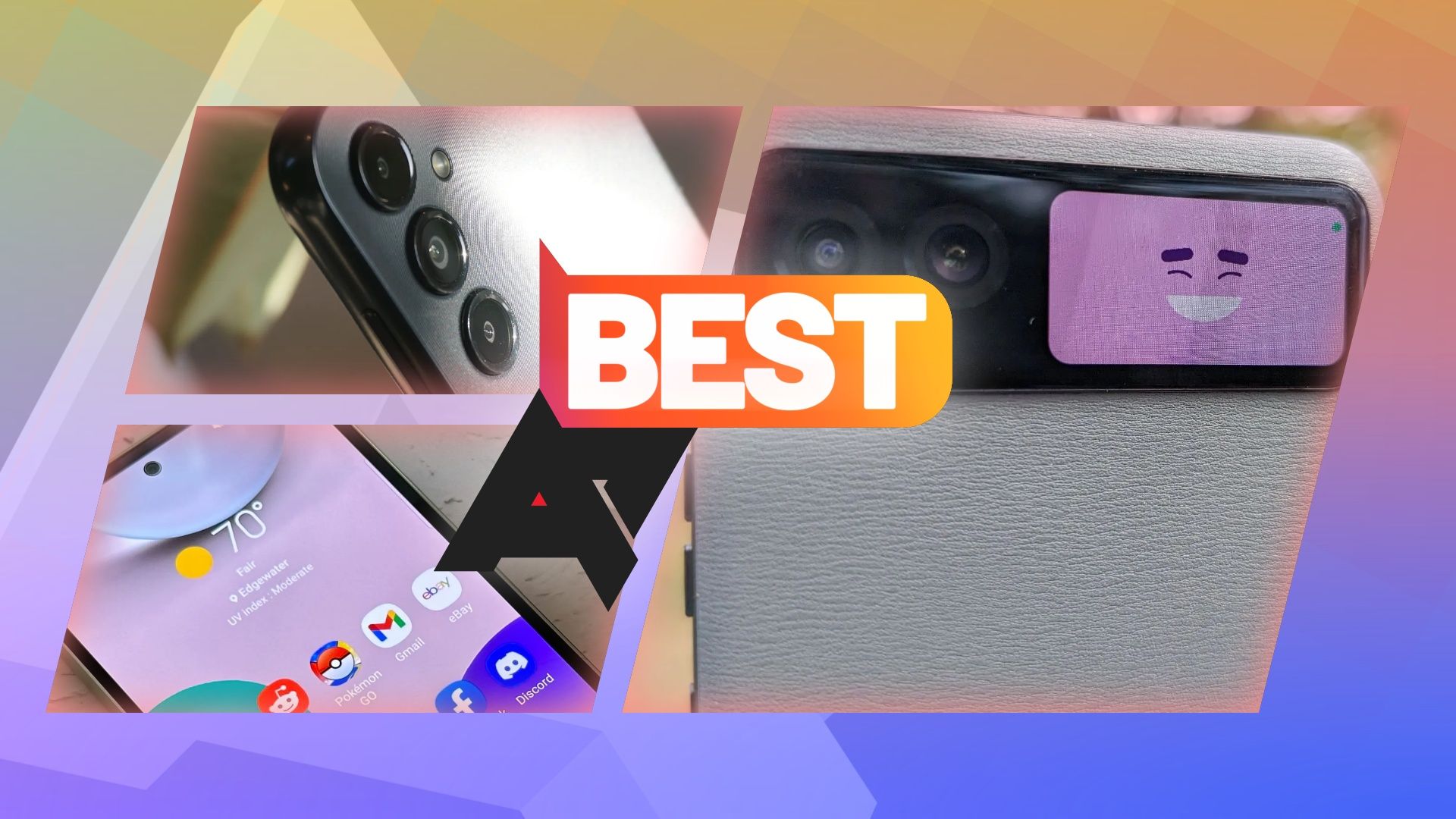
Best budget Android phones in 2024
These days, you don’t have to pay through the nose to get a decent phone




